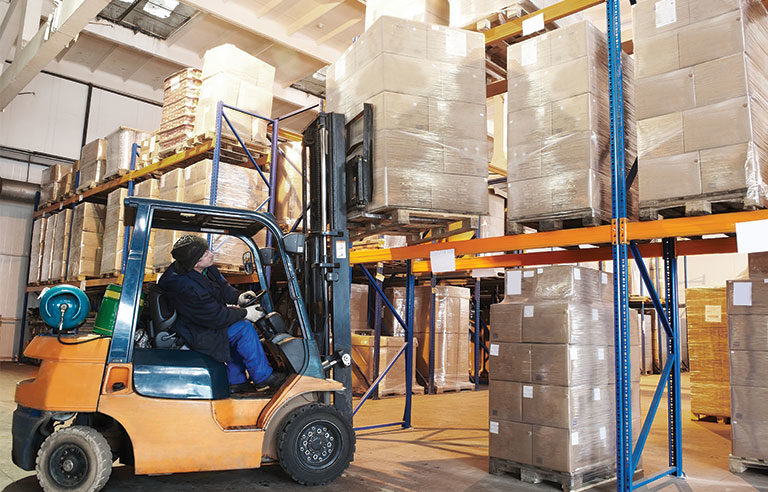Forklift safety training is critical

Forklifts are commonplace around construction sites, warehouses and factories. But these powered industrial trucks can be deadly if used improperly, and they require respect and diligence for safe operation.
About 35,000 serious injuries and 62,000 non-serious injuries involving forklifts occur every year in the United States, according to the Washington State Department of Labor & Industries. Forklift operators at heightened risk of injury or death include those who:
- Have not been trained in the principles of physics that allow forklifts to lift heavy loads
- Are unfamiliar with how a particular forklift works
- Operate a forklift carelessly
- Use a forklift despite the machine having missing parts or unapproved alterations
Forklifts may be powered by batteries, gasoline, diesel or propane, and come in multiple sizes. Some forklifts have drawbars so they can pull weighty loads, and others have booms and attachments that allow them to lift heavy objects.
Regardless of the type of forklift, one thing holds true: All forklift operators must be trained. “An untrained forklift operator can be as dangerous as an unlicensed driver of a motor vehicle,” Washington L&I states, adding that “state regulations require the employer to ensure that a forklift operator is competent to operate the forklift he or she is assigned to use.”
Follow the rules
Drivers must know and adhere to all safety rules when operating a forklift. One critical rule operators should never forget? Always wear your seat belt. Failure to do so can result in an operator being thrown outside a forklift’s protective cage in the event the truck overturns.
To help prevent a forklift from tipping over, falling to its side or dropping its load, Washington L&I recommends a number of tips:
- Ensure a load is completely stable and safely secured on the forks before operating the forklift.
- Keep loads low to the ground when traveling.
- Keep a load uphill when moving up or down an incline.
- Drive slowly when conditions are wet or slippery.
- Slow down when making turns and honk the horn if traffic is encountered.
- Never allow unauthorized workers to ride on a forklift, and refrain from engaging in horseplay when operating one.
Visit www.lni.wa.gov/IPUB/417-031-000.pdf for more information on how to safely operate a forklift, including how a forklift works, a pre-use inspection checklist, and rules for loading and unloading.
Post a comment to this article
Safety+Health welcomes comments that promote respectful dialogue. Please stay on topic. Comments that contain personal attacks, profanity or abusive language – or those aggressively promoting products or services – will be removed. We reserve the right to determine which comments violate our comment policy. (Anonymous comments are welcome; merely skip the “name” field in the comment box. An email address is required but will not be included with your comment.)

